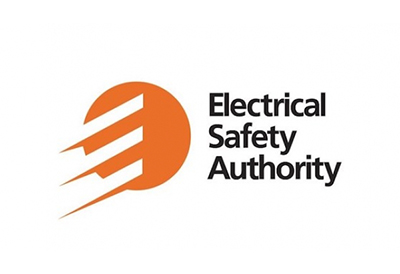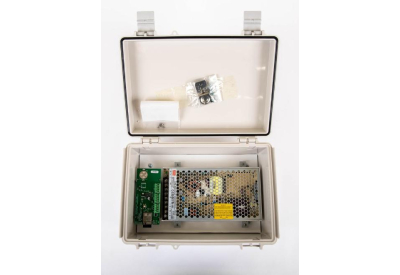Smart Building Market to Quadruple by 2022

September 22, 2017
The global smart building market is projected to grow from an estimated $US7.42 billion in 2017 to $US31.74 billion by 2022, at a Compound Annual Growth Rate (CAGR) of 33.7%, according to a new market report. A growing need for integrated security and safety systems and decreasing operational costs are some of the major factors driving the market.
A smart building uses automated process to control required operations, including heating, ventilation, air conditioning and other systems. Smart buildings enable occupants to use control lighting, temperature and air quality more efficiently and at a lower cost than buildings that are not connected.
Based on building type, the residential building segment is expected to grow at the highest CAGR. However, commercial buildings are estimated to be the largest segment in the smart building market in 2017. Commercial buildings account for a major share of the overall building automation software market, as it includes large office buildings, commercial building parks, retail facilities such as malls and shopping stores, hotels and restaurants, and other non-manufacturing commercial buildings that use increasingly automated technology. The demand for energy conservation and reduction of overall operating costs is the highest in this sector.
Factors that affect market growth include the high initial investment costs for a smart building. Thus, the high initial costs involved in the design and installation of building automation is a major restraint for building owners or buyers with respect to the smart building concept. Building owners and end users often do not realize that the cost is primarily dependent on the complexity involved in integrating different applications. However, growing efforts by manufacturers, facility managers, and governments to increase customer awareness of the long-term benefits of installing building automation systems are expected to reduce the impact of this restraining factor in future.
The 126-page report, Smart Building Market by Type (Building Automation Software, Services), Building Type (Intelligent Security System, Building Energy Management System, Infrastructure Management, and Network Management System), and Region — Global Forecast to 2022, contains 73 market data tables and 33 figures. Find out more: http://www.marketsandmarkets.com/PressReleases/smart-building.asp
image: https://www.forbes.com/sites/honeywell/2016/10/28/why-we-need-smart-buildings/#2bcd552d77d9









![Guide to the Canadian Electrical Code, Part 1[i], 26th Edition – A Road Map: Section 10 – Grounding and Bonding](https://electricalindustry.ca/wp-content/uploads/2022/11/Guide-CE-Code-2.png)





